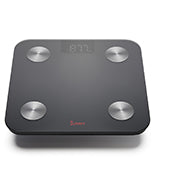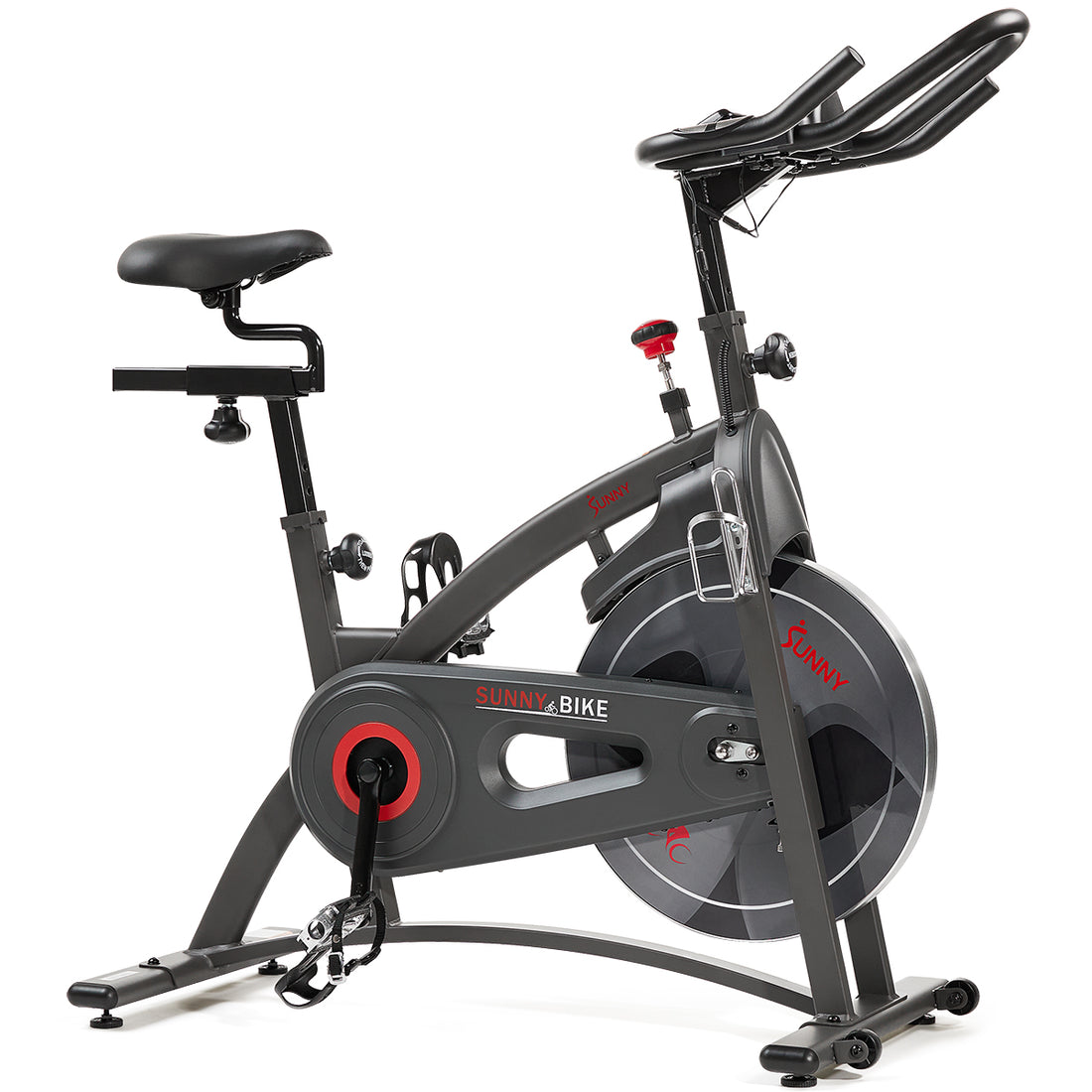Despite its rocky start to 2025, TikTok continues to churn out wellness trends that take the internet by storm. The latest of these is the 30-30-30 method, originally coined by Tim Ferris in his book “The 4-Hour Body” and recently popularized on TikTok by podcaster Gary Brecka.
The method – which promotes eating 30 grams of protein within 30 minutes of waking, followed by 30 minutes of low intensity exercise – is touted by Ferris and Brecka as a simple way to lose body fat and regulate blood sugar levels. Many TikTok users who have jumped on this trend agree that it has helped them lose weight without having to majorly overhaul their diet and daily routine.
But what does the science say? Is this just another overblown trend or does it carry some merit? Here’s what to know before implementing this routine for yourself.
What Is the 30-30-30 Method?
The 30-30-30 method is built around three primary components:
- 30 grams of protein: Consuming a high-protein meal within the first 30 minutes of waking up.
- 30 minutes of exercise: Engaging in low-intensity movement such as walking or cycling. Your heart rate won’t increase much, and you should still be able to hold a conversation without going breathless.
- Timing matters: The method emphasizes immediate action upon waking to maximize its purported benefits – within 30 minutes of rising to be exact.
The goal is to optimize metabolism, improve insulin sensitivity, and encourage fat loss over time with consistent daily practice.
Does the 30-30-30 Method Actually Work?
What’s important to note is that scientific research on the precise 30-30-30 breakdown is limited. While each component has merit on its own, the combination as a singular weight-loss strategy remains largely anecdotal.
It's also important to recognize that individual results may vary. Factors such as metabolic rate, daily activity levels, hormones, and existing dietary habits all play a role in determining how effective this method will be for any given person. While some find success with structured eating and exercise regimens, others may need a more flexible approach to maintain long-term adherence.
That said, let's explore each aspect of this method in more detail.
The Timing Component
Eating soon after waking is thought to kickstart metabolism and prevent energy crashes later in the day. Some research supports the idea that early-morning meals can help regulate blood sugar and improve satiety, reducing overall calorie intake. In fact, according to one study, people who had breakfast regularly were more likely to lose weight and maintain that weight loss long-term.[1]
The exact reasons for this effect are unclear, but experts in the study observed that participants who ate breakfast were generally more active throughout the day than those who fasted. This suggests that breakfast itself may not directly cause weight loss but could be a reflection of an overall healthier lifestyle.
Again, it is important to consider that individual responses vary, and intermittent fasting proponents argue that delaying breakfast can be just as effective for weight management.
The Protein Component
Protein plays a crucial role in muscle maintenance and satiety. Studies suggest that a high-protein breakfast can help curb cravings and reduce overall caloric intake throughout the day.[2]
However, the specific recommendation of 30 grams is somewhat arbitrary – different individuals may require different amounts based on their weight, activity level, and dietary needs.[3]
Animal-based proteins such as eggs, lean meats, and dairy provide complete protein sources with all essential amino acids. For those following plant-based diets, combining protein sources like legumes, tofu, or protein powders can help reach the 30-gram goal. Additionally, research suggests that a higher protein intake in the morning can support lean muscle growth, particularly when paired with resistance training.[2]
The Exercise Component
Low-intensity exercise, such as walking, can be beneficial for fat oxidation and overall cardiovascular health. Some evidence suggests that morning movement can improve insulin sensitivity and aid in weight management.[4] However, the type and intensity of exercise that works best will depend on an individual’s fitness level and goals.
The logic behind choosing low-intensity exercise stems from the idea that it helps your body utilize fat as a primary energy source rather than glycogen (carbs). Fasted cardio is often debated in fitness circles, with some arguing that it increases fat burning while others believe total daily energy expenditure matters more.
Ultimately, engaging in movement—whether it's brisk walking, cycling, or even light resistance training—can be a positive addition to a morning routine.
Risks and Considerations
While the 30-30-30 method may offer benefits, there are a few factors to consider before adopting it into habit.
Sustainability is one top concern, as waking up early enough to consume a protein-rich meal and engage in 30-minutes of exercise may not be practical for everyone. For those with busy schedules, young children to look after, or different circadian rhythms, adjusting to this routine might be difficult. Additionally, dietary preferences and restrictions can pose challenges, as many people just don’t have much of an appetite first thing in the morning. Whether you’re hungry or not, consuming a large amount of protein in the morning can be a tall order, especially if you follow vegetarian, vegan, or dairy-free diets.
Another important consideration is individual variability. Not everyone benefits from the same macronutrient distribution or exercise routine, meaning the effectiveness of the 30-30-30 method may differ from person to person. Some people might experience improved energy and weight management, while others could find it difficult to maintain.
Making the Change
If you’re interested in trying the 30-30-30 method, start by gradually incorporating its principles into your routine. Making small adjustments over time can help you ease into the habit without feeling overwhelmed.
Begin by optimizing your breakfast. Choose protein sources that you enjoy and that fit your dietary needs, such as eggs, Greek yogurt, or plant-based proteins. If consuming 30 grams of protein first thing in the morning feels like too much, start with a smaller amount and gradually increase it.
Next, find an exercise that you like and can commit to consistently. Whether it’s walking, yoga, or light cycling, the most important factor is sustainability. Low-intensity movement can be an enjoyable way to wake up your body without feeling exhausted before the day begins.
Lastly, always listen to your body and adjust your routine as needed. If the strict 30-minute time frame doesn’t suit your schedule, tweak it to better fit your routine. The key is to find a balanced approach that works for you in the long run.
Ultimately, while the 30-30-30 method may be a useful tool for some, it’s not a one-size-fits-all solution. Consider your lifestyle, preferences, and good scientific evidence before jumping headfirst into any viral trend.
REFERENCES
1. Wyatt, H.R., Grunwald, G.K., Mosca, C.L., Klem, M.L., Wing, R.R., & Hill, J.O. Long-term weight loss and breakfast in subjects in the National Weight Control Registry. Obes Res. 2002 Feb;10(2):78-82. doi: 10.1038/oby.2002.13. PMID: 11836452.
2. Moon, J., Koh, G. Clinical Evidence and Mechanisms of High-Protein Diet-Induced Weight Loss. J Obes Metab Syndr. 2020 Sep 30;29(3):166-173. doi: 10.7570/jomes20028. PMID: 32699189; PMCID: PMC7539343.
3. Wu, G. Dietary protein intake and human health. Food Funct. 2016 Mar;7(3):1251-65. doi: 10.1039/c5fo01530h. PMID: 26797090.
4. Ma, T., Bennett, T., Lee, C., & Wicklow, M. (2023). The diurnal pattern of moderate‐to‐vigorous physical activity and Obesity: A cross‐sectional analysis. Obesity, 31(10), 2638–2647. https://doi.org/10.1002/oby.23851.



























Add Your Name & Email
Please enter your name and email to continue.We won’t display your email publicly.
2 comments
Great article. Have not heard of this trend.
Will start as an experiment. Already doing a 30 minute dog walk within 30 minutes of riding. Just need to consume 30 gms
Of protein early on instead later.